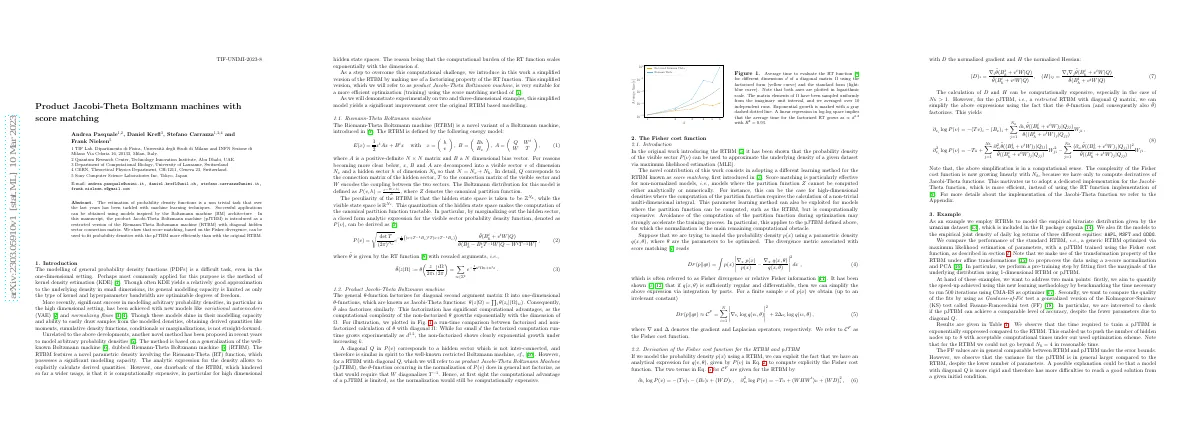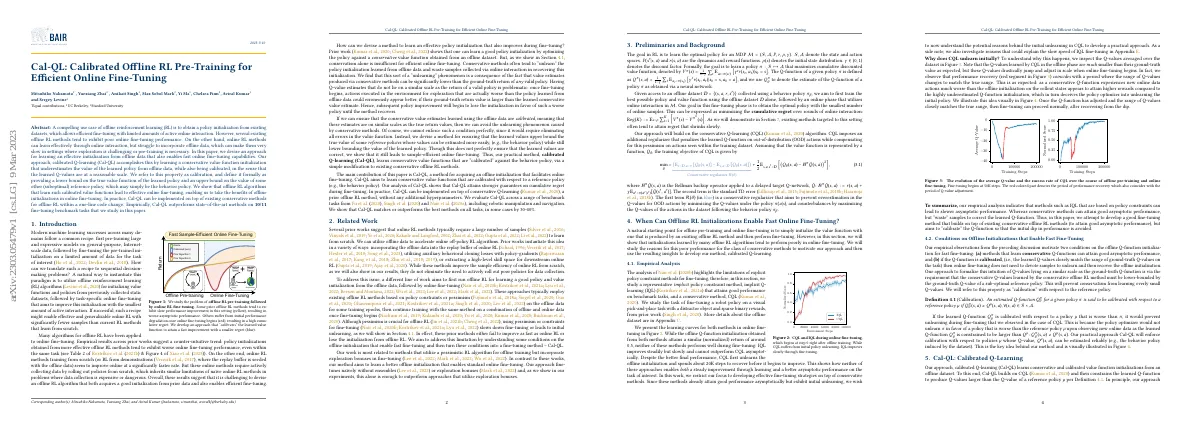Link to paper The full paper is available here.
You can also find the paper on PapersWithCode here.
Abstract Widespread calls for transparent AI systems lack precision. Stakeholders often talk past each other. A clear ideal of AI transparency is needed. Literature survey identifies clusters of similar conceptions of transparency. Common threads across all clusters provide clearer common language. Paper Content Introduction Calls for greater transparency in AI systems Term “transparency” overloaded with distinct meanings AI’s suitcase words Concrete aims and advances must be expressed in more precise language Transparency invoked in connection with data collection, data processing, interpretable systems, fairness issues EU regulations (GDPR, Ethics Guidelines for Trustworthy AI) vague demands for “meaningful information” and “comprehensible language” Ideal AI transparency gives users and stakeholders tools to decide if AI system and decisions are trustworthy Three overarching factors with which transparency is invoked: data, systems, outputs Data-related transparency factors Focus on inputs required to produce AI system Explore ways to balance transparency and user concerns about data privacy and security Distinguish between works focused on information about training data and active use of user data Transparency on model training data Machine learning systems are influenced by their training data Policymakers are mandating disclosures about training data Record transparency is achieved by describing datasets Use transparency is communicating the specific purposes for which a dataset is appropriate Disambiguation of terminology, visualization, and logging systems are useful for disclosure/data-provisioning transparency Rules and norms are needed to ensure AI transparency for users Transparency on the handling of user data AI systems need user data to function Demand for transparency around user data use is natural US data policy is largely unregulated EU has taken a more active approach with GDPR Classic security research findings are applicable Companies address consumer privacy and security to win favor Tension between user desires and business realities Need strong societal norms and regulation to resolve tension Transparency tools needed to enable users to exercise rights System-centered transparency factors Practitioners need to debug models or reproduce results Users need a basic overview of a system’s function ML systems are black boxes, hindering explainability Neural networks are dominant in AI research Automated rationale generation is popular System function disclosure System function disclosure includes communications about system capabilities and limitations Target audiences include external developers, lay users, and regulatory bodies ACM considers disclosure required in its Code of Ethics Frameworks for concise communication of model strengths and limitations are important Qualitatively evaluate disclosure sufficiency with rubrics or automatically assess layperson-comprehensibility Experts don’t always know how black box systems work Clarity from data providers needed to communicate problems of systems Solicit direct user feedback to contextualize failure cases Different groups require different explanations and have different levels of expertise Explainable ai and causality Transparency is connected to explainable AI techniques Simple ML models are explainable, but lack flexibility Neural networks can be made more interpretable by converting their internal weight matrices or distillation Attention mechanisms are often presented as interpretable Input influence methods are often used as explainability techniques Counterfactual reasoning can be used to explain decisions without altering black-box models Explanations should establish a causal interpretation to be honest and user-centric Generated rationales Introduce automated rationale generation as an alternative form of explainability Rationales provide insight into language models’ reasoning abilities Rationales can help users fact-check outputs to mitigate potential for misinformation Multiple failure modes exist for these rationales, including hallucination Evaluating NLG explanations is a challenge, users must be educated on degree of trust Output-oriented transparency factors Output-oriented transparency is focused on providing good system performance for stakeholders....









